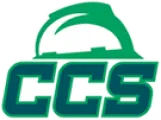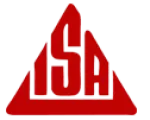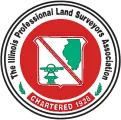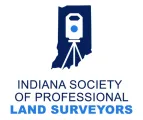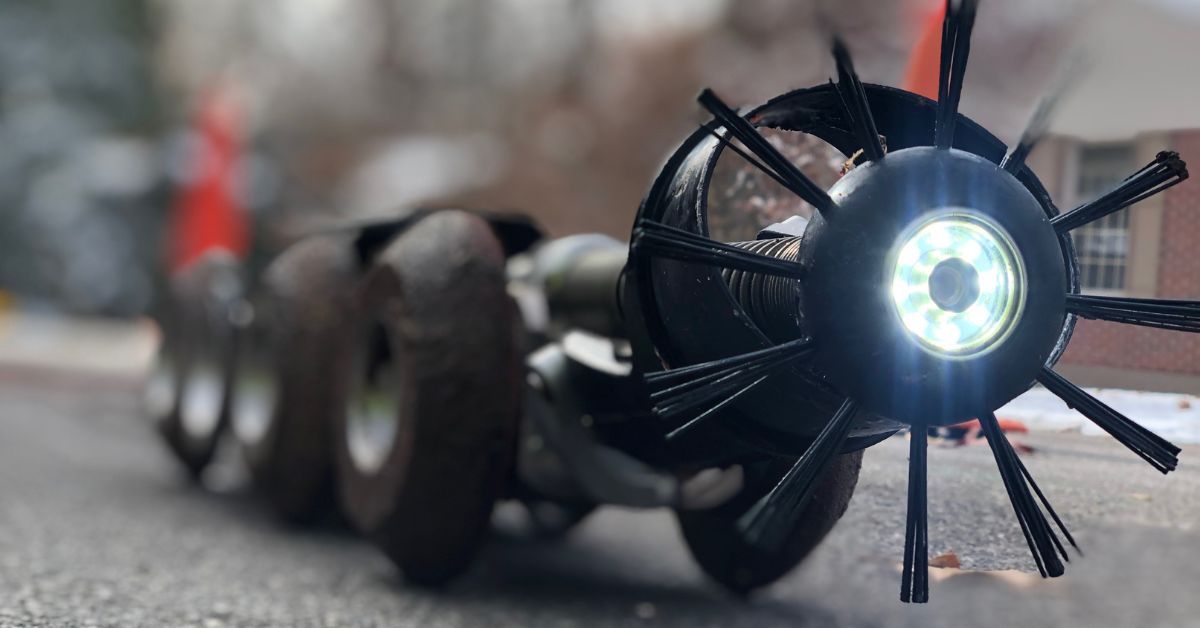
Maintaining sewer systems is crucial for safeguarding public health and protecting the environment. These underground networks handle wastewater from homes, businesses, and industries, supporting the smooth functioning of modern society. However, sewer system assessments are not without their risks.
Enter robotics. Robotic sewer cameras are revolutionizing the way municipalities and civil engineers approach sewer inspections. Our guide will explain the challenges that come with traditional sewer inspections and how robots improve accuracy in sewer system assessments.
The Importance of Accurate Sewer System Assessments
Sewer systems are essential to urban and rural infrastructure, preventing waterborne illnesses, maintaining sanitation, and reducing environmental contamination. Neglecting their upkeep can lead to blockages, infrastructure damage, and catastrophic failures, making routine inspections a critical part of infrastructure management.
Municipalities depend on regular assessments to keep communities safe and utility services running smoothly. Undetected risks like cross bores or blockages can result in gas leaks, sewer overflows, and public health crises. Timely, accurate inspections identify and address these issues, safeguarding residents and the environment.
Traditional Sewer System Inspection Challenges
Traditional sewer system inspections rely on manual methods, such as deploying workers to visually inspect systems or using push cameras to capture footage within pipes. These approaches, while effective to some extent, present many challenges, especially in larger and more complex networks. Below are some of the typical difficulties of traditional sewer system inspections.
Labor- and Time-Intensive Process
Manual sewer inspections require workers to spend long hours navigating through complex sewer systems. These inspections demand physical exertion and meticulous attention to detail, making the process demanding and tedious. Workers frequently must endure uncomfortable and challenging conditions to thoroughly complete the job.
Safety Risks for Inspectors
A manual sewer inspection presents many hazards, particularly contact with toxic gases like methane and hydrogen sulfide. Inspectors must also conduct their assessment in confined, dark spaces that can be disorienting and physically straining for the workers. Plus, there is always the potential danger of collapses or flooding, especially for older sewer infrastructure, adding an element of unpredictability and risk to a manual sewer assessment.
Subjective Judgment and Margin for Error
Naturally, with all these challenges, there lies the possibility of human error from manual assessments. Errors can arise due to fatigue, oversight, or the inability to conduct a thorough evaluation in difficult conditions. This reliance on subjective analysis increases the likelihood of missing key structural issues or misinterpreting potential problems, which could lead to costly sewer system repairs later.
Limited Access to Hard-To-Reach Areas
Many sewer systems contain practically inaccessible areas for inspectors, like buried pipelines and complex infrastructure layouts. Manually inspecting these areas requires an invasive, disruptive excavation process that's costly and time-consuming. As a result, it's challenging to achieve a full and accurate assessment of the sewer system, leaving some assessments incomplete or insufficiently thorough. These challenges underscore the demand for advanced technologies like robotics to revolutionize sewer inspections.
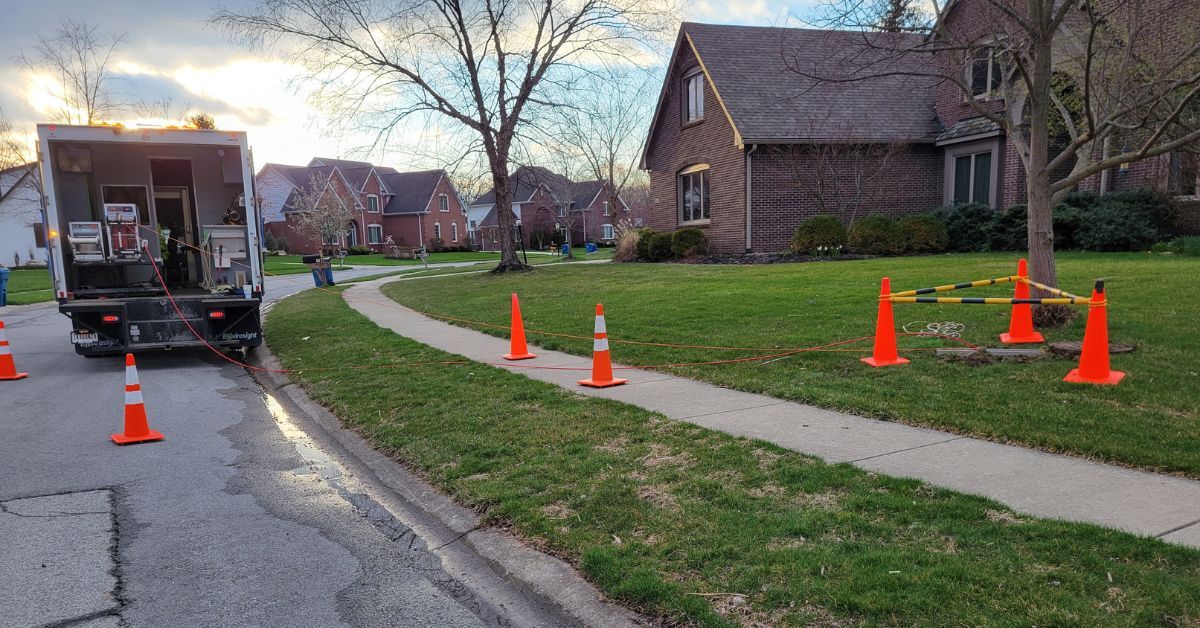
The Emergence of Robotic Technology
Robots have redefined sewer inspections by offering an innovative, tech-driven alternative to traditional methods. Robotic sewer camera inspection services, like those Mason Private Locating (MPL) offers, rely on crawlers or launch devices with mounted video cameras to assess sewer lines with high accuracy. These systems provide real-time visual data, allowing engineers to analyze the condition of sewer mains and lateral lines without requiring invasive digging.
MPL's robotic camera crawlers have remote navigation capabilities, enabling technicians to inspect and document pipes comprehensively. The cameras capture high-resolution visuals to identify structural defects, blockages, and potential hazards. MPL then compiles this data into detailed video feeds and written reports that offer actionable insights for municipalities, contractors, and engineers.
Benefits of Robotic Sewer System Inspections
Naturally, with this technological advancement, there are many ways robots improve sewer system assessments compared to traditional methods. Here's more information.
More Accurate Assessments
Robotic cameras deliver precise, real-time data about the state of sewer systems. Whether identifying cracks, collapsed pipes, or hidden blockages, these cameras provide visuals that leave no room for error. MPL uses lateral launch cameras to generate thorough recordings, allowing engineers to pinpoint the exact location of issues and take timely action.
Safer Than Manual Inspection
Robotic technology eliminates the need for human inspectors to enter hazardous environments, minimizing the risk of inspectors dealing with toxic gases, confined spaces, and structural collapses. With robots navigating the sewer lines remotely, workers can conduct inspections from a safe distance.
Noninvasive Assessment
Perhaps one of the biggest benefits of robotic sewer inspections is their noninvasive nature. By eliminating the need for excessive digging, this technology prevents disruptions to surrounding infrastructure and reduces costs for municipalities. Instead of guessing where the issue lies, technicians can identify it with pinpoint precision, saving time and resources.
Efficiency and Speed
Robots streamline the inspection process, offering faster results without compromising accuracy. Inspectors and civil engineers can accomplish what previously took hours or even days in a fraction of the time. For municipalities, this means less downtime and more efficient resource allocation.
Valuable Insights
By combining video feed data with comprehensive written reports, robotic inspections provide actionable insights into sewer conditions. These insights allow engineers to prioritize repairs, schedule maintenance, and address potential risks before they escalate into costly emergencies.
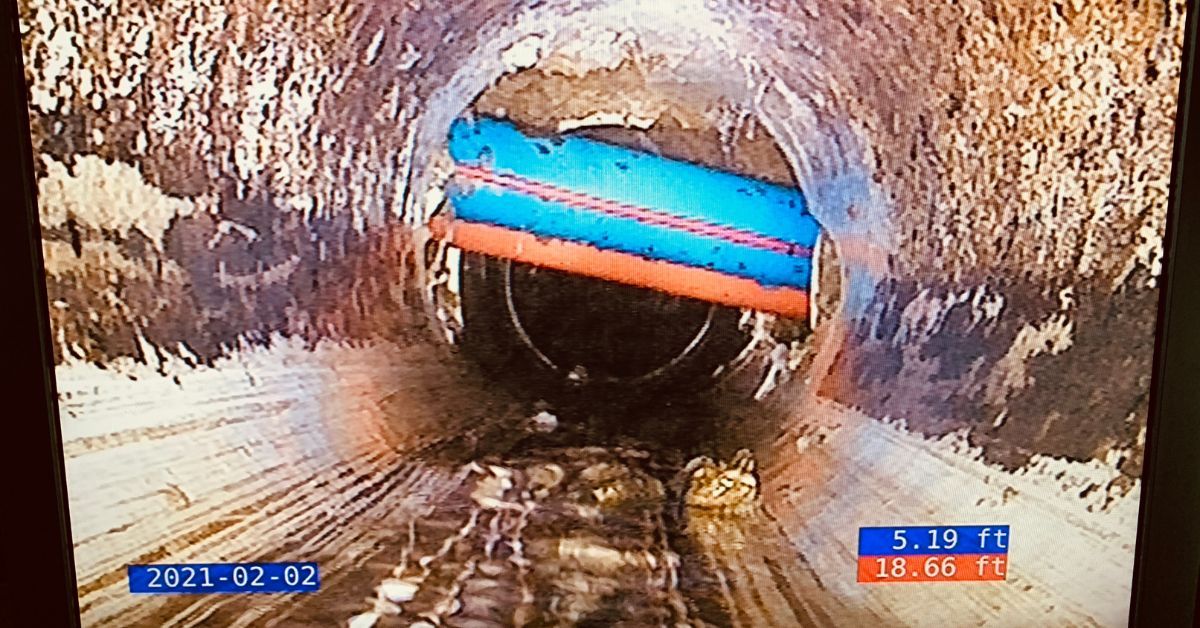
Cross Bore Mitigation and Safety
Robotic sewer inspections address the dangerous intersection of utility lines like gas pipes and sewer lines. Hidden cross bores can cause gas leaks and explosions, posing risks to residents, workers, and infrastructure. MPL's robotic services use advanced cameras to inspect sewer mainlines and laterals with precision, identifying hidden hazards.
By providing real-time confirmation of risks, MPL enables project managers to make informed decisions during excavation and maintenance work. This proactive approach mitigates dangers so teams can operate safely and efficiently.
Invest in Smarter and Safer Sewer Inspections With MPL
The evolution of sewer inspection technology means safer, more thorough, and less invasive system assessments for municipalities and civil engineers. Mason Private Locating provides state-of-the-art robotic camera services, delivering accurate, noninvasive solutions for identifying blockages and mitigating risks. Partner with MPL to revolutionize your sewer inspections and protect your community's infrastructure.


